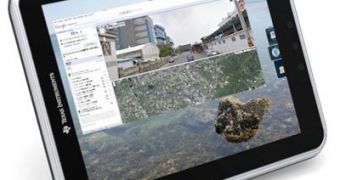It seems that revenue records are not synonymous with profitability in the case of touch panels, mostly because material costs have been rising beyond what manufacturers are comfortable with.
The IT market can sometimes yield unusual paradoxes, or things that look like paradoxes, particularly when it comes to finances and relations between companies.
For instance, though Christmas is supposed to be a time of getting along and friendship, lawsuits seem to sprout up more and more frequently the closer said holiday gets.
One can take Rambus as exhibit A, since it sued not just IBM, but also NVIDIA, along with five others, not too long ago.
Now, a new paradox, or something akin to it, has been revealed in a report made by Digitimes.
Apparently, the record revenues that touch panels have been returning are not at all as good a news for the makers of such products as some may think.
As end-users know, or don't, demand has increased quite fast, because of tablet PCs mostly, since they use glass-based capacitive touch panels almost exclusively.
Said panels have medium sizes, of 7 inches or 10 inches, and shipments of such screens have been increasing even though the fourth quarter has been something of a weak season overall.
In fact, it appears that the materials used in the making of such products have been getting so expensive lately that gross margins have been dropping.
Recently, it has been becoming something of a trend to ship completed touch panels, and this means that makers of screens have to buy the TFT-LCD panels first.
This practically raises material costs by more than half, though the upper limit is actually of a full 85% extra cost.
The main issue is that touch panel makers need to source LCD panels from designated panel makers and the vendor that gets said screens don't actually pay extra for the LCD panels themselves.

 14 DAY TRIAL //
14 DAY TRIAL //